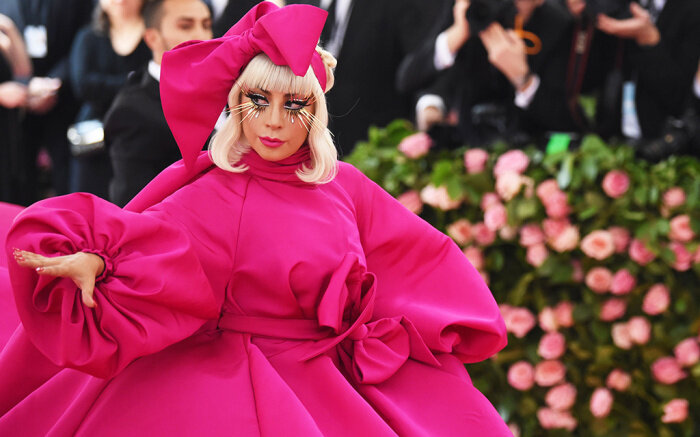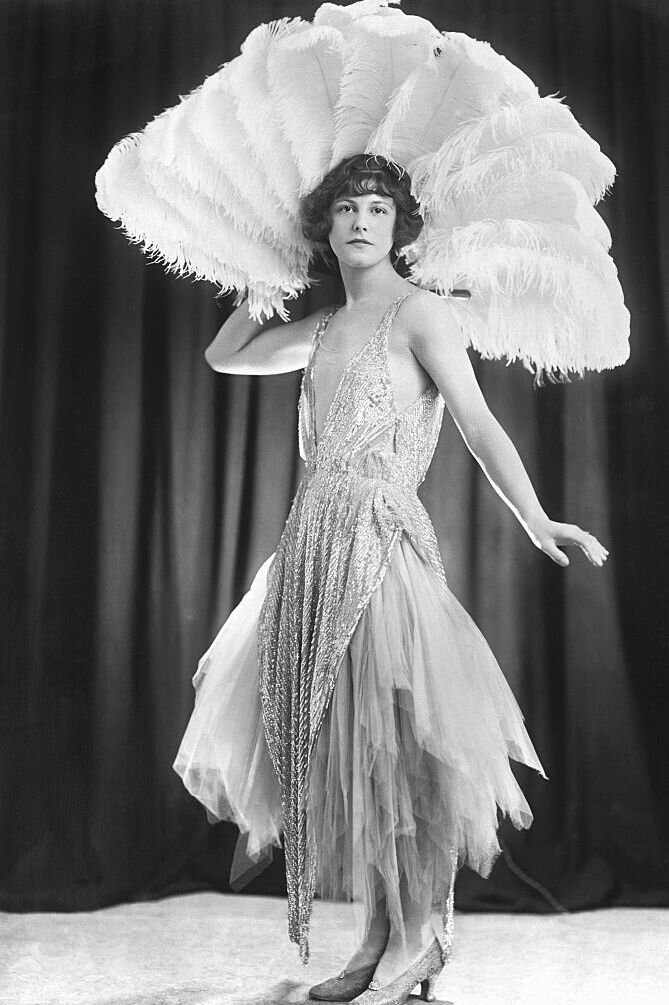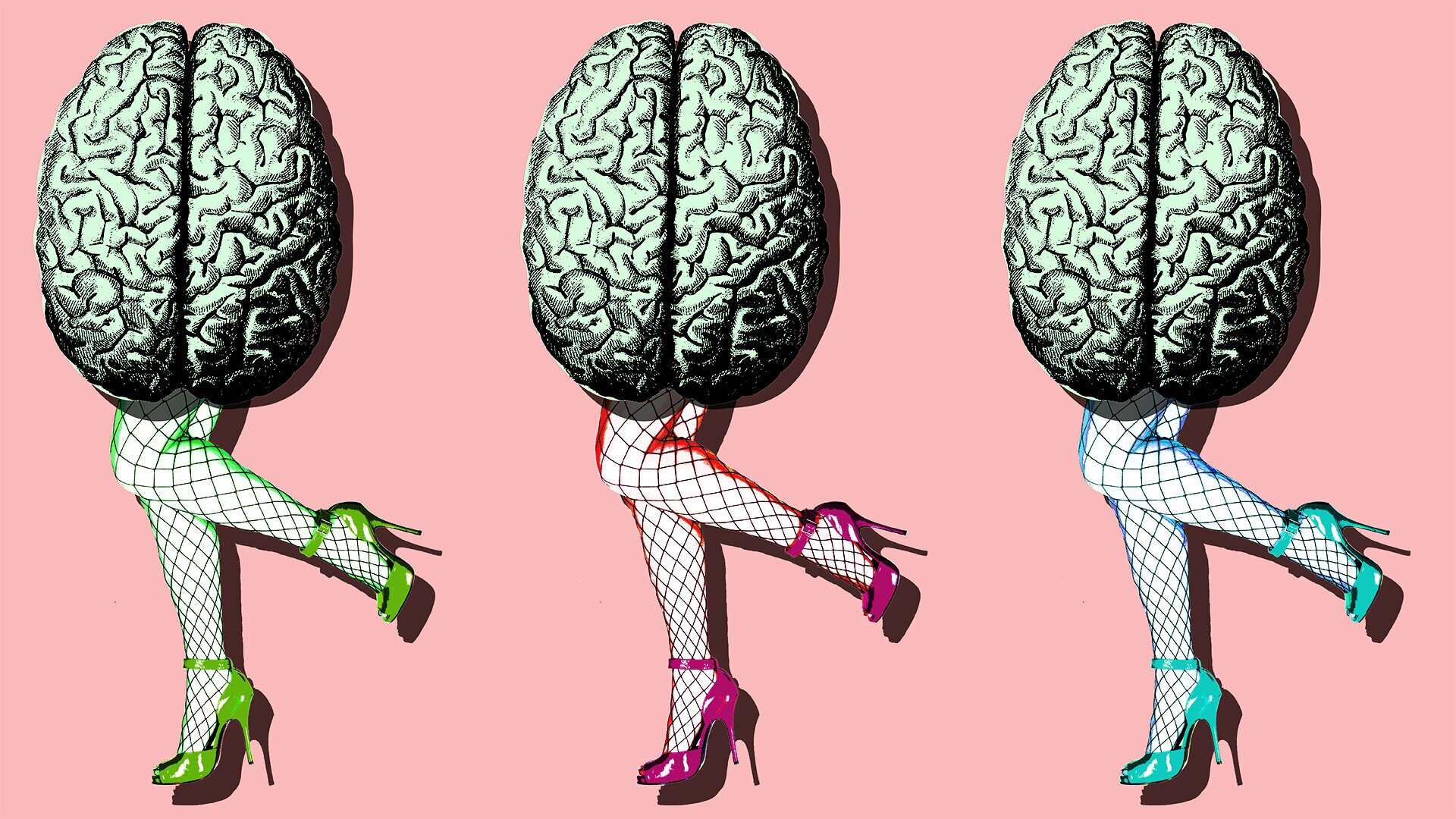The Needles in a Haystack: Niche Fashion Trends You Need to Know About
/The world of fashion is broad and has layers to it. Like a light switch, it feels like trends just come and go. Every now and then people get tired of one trend and immediately move onto the next. Because of the constant flickering of the lights, on and off, we tend to miss certain fashion trends. Trends that go under the radar, unnoticed by most but found by some. Hence why they are what we like to call Niche fashion. You may not know about them but some people do and some niche trends are taking the fashion world by storm. Let’s take a look at some of these niche looks and see why they remain under the radar.
The Whipstitch:
Noemi Merlant from Vogue.com
Whipstitched fashion (or sometimes Laced-up fashion) has been a trend that has been under-appreciated for many decades now. In recent years the popularity of vintage and old style has become a rising trend for many reasons, mainly because everyone loves that era of pop culture; the music, the movies, and the fashion have taken a new liking to the 2010s. Whipstitch seems to date back from the ‘70s when punk rock and goth culture grew into its infancy. It only became more popular in that genre until recently when certain brands started putting whipstitches into blouses and dresses. This was done notably in 2014 and 2016 during numerous runways and catwalks.
DKNY, Fendi and others are among the companies inspired by this once punk and goth look. The trend recently made another appearance in Vogue on September 20th, 2020 when Noemie Merlant reinterpreted the classic whipstitch look at the Deauville American Film Festival.
Camp:
“Camp is always presented with an invisible wink to the audience”- Susan SontagLady gaga at the 2019 met gala
You can’t go wrong with standing out. But, is there such a thing as standing out too much? Not according to Camp fashion, that is. When people think of camp in fashion, most would probably think back to the iconic Met Gala of 2019 where this grand fashion category spiked in popularity due to this event. However, camp is an ancient fashion choice that covers many trends over many centuries. The idea of camp can date back to the era when Louis XIV reigned over France. His style is considered camp because of the over-the-top garments, which he was well-known for. Oscar Wilde was also very renowned for his “Low-Camp” stylistic choices; though his type of camp was toned down, he still stood out from most men with his fashion choices.
Today, camp can be seen in so many different places in fashion. From numerous catwalks, festivals, award ceremonies, and RuPaul’s Drag Race seasons, camp is still widely in our culture.
Celebrity Fashion:
Harry Styles From vanityfair.com
Bjork from Vogue.com
And Speaking of award ceremonies, there have been many fashion choices over the years in pop culture that have shaped the eye of the beholder. From TV, movies, web shows, and even literature, so many styles have stained our vision and might’ve even influenced what you or others wear. One celebrity, in particular, that is hitting the fashion eye right now is Harry styles. Even before the infamous November Vogue issue, Harry Styles has been influencing fashion for a good five or six years now. From his music videos to his talk show and red carpet appearances, this man has graced audiences with spectacular styles every time.
Another celebrity who possibly would have the Midas touch would have to be Lady Gaga. There isn’t much to say here other than she is yet another reason why the style of camp is so appreciated even today. There is genuinely nothing in the world that Lady Gaga cannot touch.
However, there is still one stylistic choice made almost 20 years ago that still has people talking about it and this is Bjork’s infamous swan dress. Worn during the 73rd Academy Awards, Bjork made many heads turn from the dress that looked like a swan. It was voted as one of the best fashion dresses of all time by many magazines and articles; some designers incorporate the idea in their dresses to this day.
Nick’s Bio
Nick is a second year professional writing student at algonquin college, hoping to pursue work in either journalism or scriptwriting. Nick hopes to become someone that makes his readers ponder about the many things in which life has to offer. In his down time, you can find him playing on his nintendo switch, organizing his many pokemon cards, or obsessively writing one of his many stories--most notably Radio Heads, a young adult drama about musicians.
















